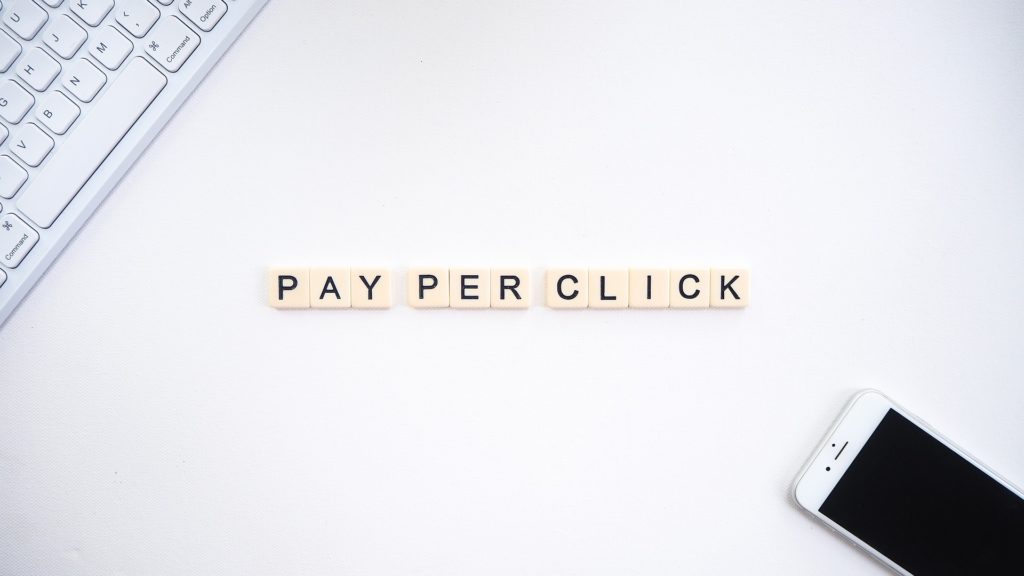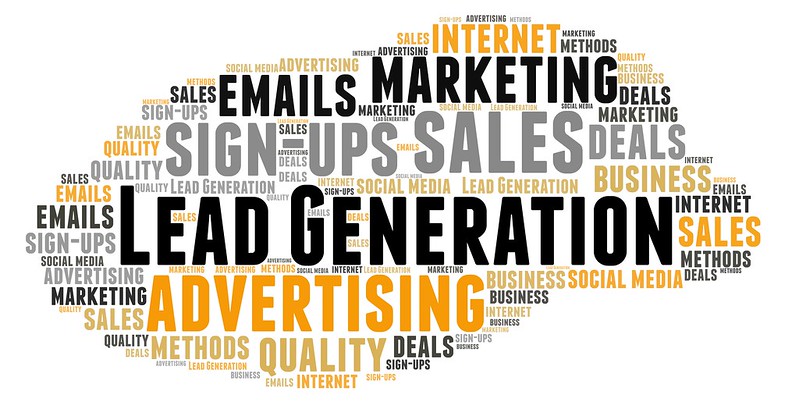If you’re looking for a way to streamline your sales processes dramatically, investing in a B2B leads database might be the thing for you. A B2B leads database is one of the most powerful tools in a marketer’s arsenal. When used effectively, it can be a game-changer for your marketing team.
B2B leads are potential customers who might have an interest in your product or service. A B2B contact database stores their contact information and makes it available to you as a sales tool.
But how do you make the most out of your B2B leads database? Keep reading to find out!
How Does Lead Generation Work With B2B Leads Databases?
When you buy contacts from a lead generation database, you get information about your potential clients. The data is available in an easily-accessed, web-based format that can be downloaded and stored on your computer.
From there, you use and organize the data however you want. You can use it to send out mailers, cold emails, and cold calls. Or you can arrange it into spreadsheets and use it to analyze your market for marketing or product development.
Whatever your need, B2B leads database gives you a wealth of information that you can use for business needs: from pure sales to market research and everything in between.
- Recommended article: 5 Best Leads Providers In 2022
Tips for Making the Most of B2B Leads Database
When you have a sizeable B2B leads database, you don’t have to worry about finding prospective customers. Instead, you should only worry about how to approach them in the right way so that they can become your actual customers.
There are many ways to use your leads list for boosting sales, so here are the best ones:
1. Run Email Campaigns to Get More Sales

Running email campaigns is a great way to generate new sales and deepen customer relationships. Email marketing is highly effective at converting leads into paying customers, but it’s also an excellent tool for generating leads in the first place.
It is a direct, personal way to reach customers and prospects where they’re already spending a lot of time: in their inboxes. You can motivate people to buy your products, and it helps you build relationships with new and existing customers.
What are the statistics on email marketing?
Email marketing can help your business grow. According to a report by Campaign Monitor:
- You can acquire more than 40x customers with email compared to Facebook or Twitter.
- The ROI for every $1 spent on email marketing is $38.
- 81% of small businesses use email to acquire their potential customers
- 79% of consumers prefer to get promotional emails from companies they do business with.
What factors influence email marketing?
- A compelling subject line is your first step toward a successful email campaign. It is the first thing people see, encouraging them to open your emails.
- The call-to-action (CTA) is an essential element in an email campaign. What you are hoping for after sending the emails is that they click on it and go through with whatever action you ask them to do.
- The more personalized your emails are, the higher their chances of being opened and read by subscribers. Incorporate personalization tokens in your email to pull specific data from contacts’ profiles, such as their name, company, title, or industry.
2. Establish Relationships via Connections on Social Media

You know that social media networks are fantastic for building relationships – with coworkers, friends, customers, and more. They’re also the best way to build relationships with the leads you got from B2B leads database.
Social media is evolving as a powerful lead generation tool. The key is to use social media strategically. It is not about building brand awareness or broadcasting your messages but building connections and engaging in meaningful conversations with your target market.
What are the statistics on B2B social media lead generation?
- According to HubSpot, “53% of marketers say social media is an effective source for generating leads for their businesses.”
- LinkedIn’s ad platform is used by 40% of B2B marketers and 50% of C-level executives.
- 72% of marketers think it is essential to maintain a LinkedIn presence for brand awareness (HubSpot).
- 15 million small businesses use Facebook Pages (Facebook).
How to use social media effectively for converting leads?
- Create valuable content that helps establish you as an expert in your industry and encourages engagement with your audience.
- Share eye-catching images and videos that help attract attention to your brand, products, and services.
- Respond to comments and questions posted by others to foster relationships and build trust.
- Ask for more than “likes” or “follows” from your audience. Get shares or retweets from those who find your content valuable, helpful, or entertaining enough to share with their networks.
3. Use Lead Lists for Retargeting In Paid Ads

Paid ads are ideal for bringing your business in front of many people, but not all people show interest in what you offer. That is why retargeting is so important. Retargeting involves using the information from your website’s visitors to serve highly targeted ads to them.
Retargeting is a great way to use paid ads in your lead generation strategy. By using retargeting, you can reach people who have already shown interest in your company or product and are more likely to buy from you.
But retargeting alone misses out on a huge opportunity. It’s good to use lead lists for retargeting in paid ads.
What are the statistics on PPC lead generation?
- 80% of people searching online ignore paid ads and focus only on organic results.
- Paid search ads have a 14.6% click-through rate, while organic results are clicked at 10.4%.
- Companies make an average of $2 in income for every $1 they spend on AdWords.
- With a PPC campaign, you can see a considerable ROI in as little as 2-3 months.
- PPC leads have a 14.6% close rate, 12 times higher than other digital channels.
- In the past decade, PPC has skyrocketed by 400%.
How do you get new clients with PPC lead generation?
- Make sure that your landing page is optimized for conversion by adding a CTA to your landing page.
- Next, you have to decide how many leads you want. Then, you can set up campaigns with different budgets and see which one gets more clicks and conversions.
- Track your PPC leads to optimize them for better performance and lower costs.
- Ensure all leads are followed up on within 24 hours of receiving them. It will make them know they’re being taken care of right away.
- Send follow-up emails after each lead has been contacted. It will ensure your customers.
What Is Ideal Source To Find Leads For Your Business?
It’s so hard to find a good database of leads.
Sure, some are better than others, but it’s tough to get one that delivers what you need and not just what you would like.
Fortunately, if you’re looking for B2B leads databases, one resource that stands out is Limeleads.
The most extensive data provider in the US, LimeLeads is an ideal source to get leads. LimeLeads is the B2B leads database, providing you with customizable options for searching through the extensive directory and filtering results.
It collects B2B data from public records, including business filings, company websites, and social media profiles. They validate and put all the contacts into a single, easy-to-use database that you can access online.
It helps you find new customers and uncover potential opportunities. The database has over 10 million business contacts and is updated regularly to ensure that all data is the most up-to-date.
With LimeLeads, it couldn’t be easier to start your first email campaign. First, export your leads database into an excel file, then upload it to your favorite email programs like MailChimp or Constant Contact.
The possibilities are endless—it all depends on your goal!
You can just sign up for a free account here, then get credits to download and test leads for Free!
